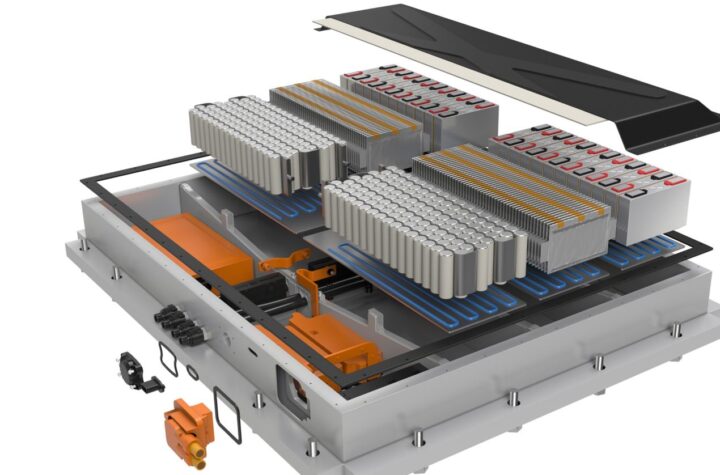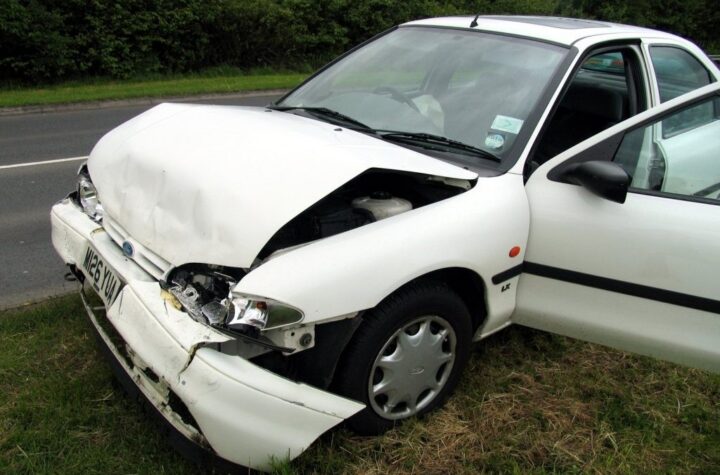
Growing Pains
Tadao Takahashi, Nissan Motor Co. board member and executive vice president of manufacturing, deals with the problems of being a volume manufacturer.
 |
| Manufacturing chief Tadao Takahashi is busy getting Nissan’s manufacturing quality back on track. |
The company is launching a new three-year plan dubbed Nissan Value-Up, which aims to boost worldwide annual sales of 4.2 million units by fiscal year 2007. For the U.S., that means over one million units. Double digit operating profit margins and return on invested capital at or above 20 percent remain as Nissan goals, along with sales growth.
Globally, Nissan will launch 28 new models, between fiscal year 2005 and 2007, with seven aimed at the U.S. market. One of the keys to Nissan’s strategy is a reduction in the global platform count over the last five years from 24 to 15. Crucially, in 1999 only one of company’s platforms accounted for more than 300,000 units annually; by next year, four of the platforms will each account for more than 400,000 units.
As manufacturing chief, Tadao Takahashi is responsible for the operation of 27 plants in 18 countries. Although Nissan manufacturing has been a success story overall, some cracks in the armor have developed recently, especially in North America, where the launch of so many new models has put a strain on quality control. Takahashi spoke to us recently at Nissan 360, a company event in San Francisco aimed at underscoring the global reach of Nissan’s operations.
Q. In the last J.D. Power initial quality report, the new models from Canton, Mississippi performed poorly. What do you see as the cause of the problems and what are you doing to correct the situation?
A. “At Canton we have developed relationships with more suppliers than we had before. These are not just Japanese suppliers. So this has led to some problems in the early stages. “However we have recognized the problems reported by J.D. Power and we are addressing the quality and reliability issues. We are bringing engineers from Japan to help with the shop floor management. Also we are exchanging personnel between Canton and Japan to enhance the relationship.”
Q. What steps are you taking to enhance the supplier relationship?
A. “We are implementing the Nissan integrated manufacturing system, which integrates suppliers and the logistics operations. We have suppliers locating near to plants or in some plants. For example, with cockpit modules and front end modules, our supplier CalsonicKansei has an operation next to line at every plant in Japan. Also, Visteon has a separate building connected by conveyor to our plant.”
Q. You have several plants in Europe. How are they performing and what are your concerns?
A. “We have the Sunderland plant with 500,000 capacity; Barcelona, Spain, with 180,000 capacity and Avila, Spain, with 30,000 capacity. However, they produced about 300,000, 90,000 and 20,000 units respectively, so we need to improve utilization. That should happen with the new sport utility vehicle and pick-up we are introducing in Europe.
“Overall plant productivity and performance are in good shape. Sunderland, which produces the Micra, Almera and Primera was rated number one for productivity, for example. But with Sunderland we are having problems with costs, particularly because of the foreign exchange relationship between the British pound and the Euro.
“We are also feeling pressure from General Motors’ European plants. And Renault’s Spanish plant was rated number two for productivity. Also, Toyota is following in our steps so we need to improve very fast.”
Q. You have recently announced a $60 million investment in your existing manufacturing and marketing operation in Egypt. What is your strategy for that market region?
A. “Currently at our plant near Cairo we have local assembly of a pick-up and we import the Sunny sedan to Egypt. Our plan is to start local assembly of the Sunny next summer, followed by a sport utility vehicle. We hope to export to various countries in the region depending on tax issues. In the future, we need to meet the needs of markets in that area with more low-priced cars.”












More Stories
Your Guide to Filing a Car Accident Claim
Steps to Take Immediately After a Car Accident
What Makes SUV Cars More Prone to Accidents?